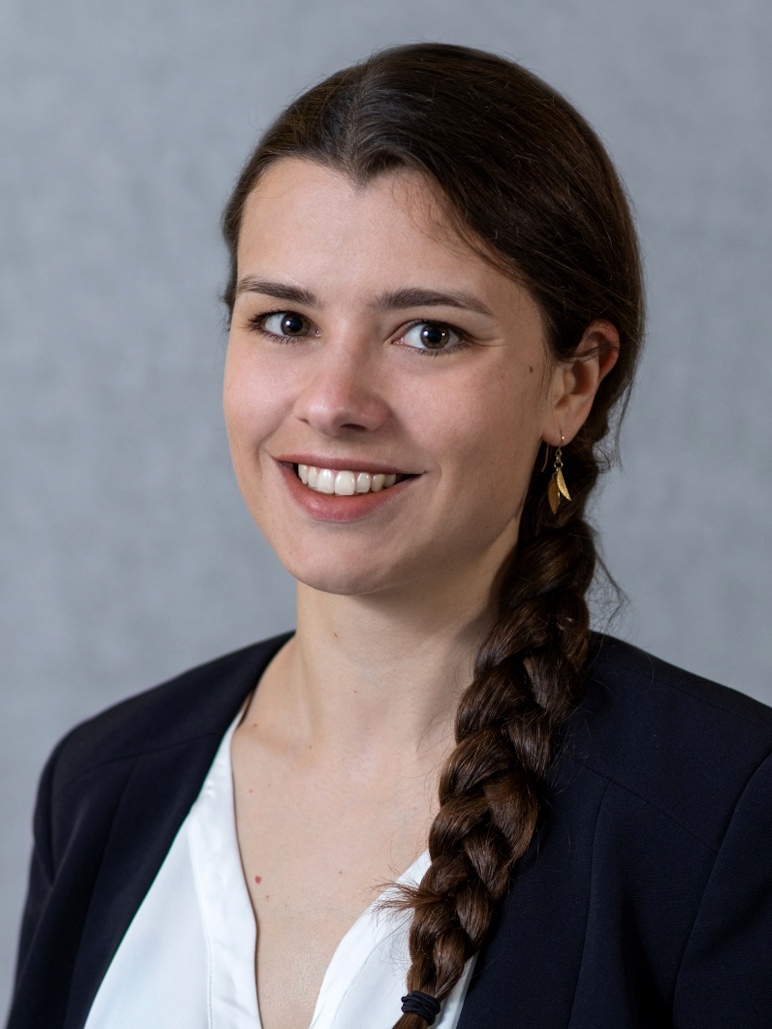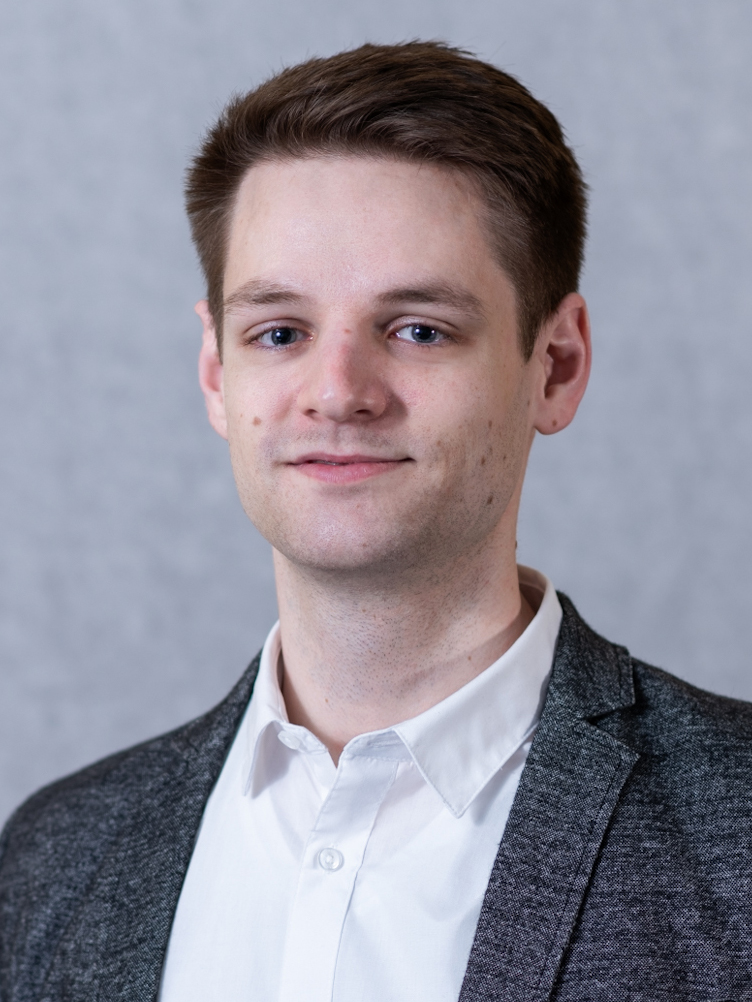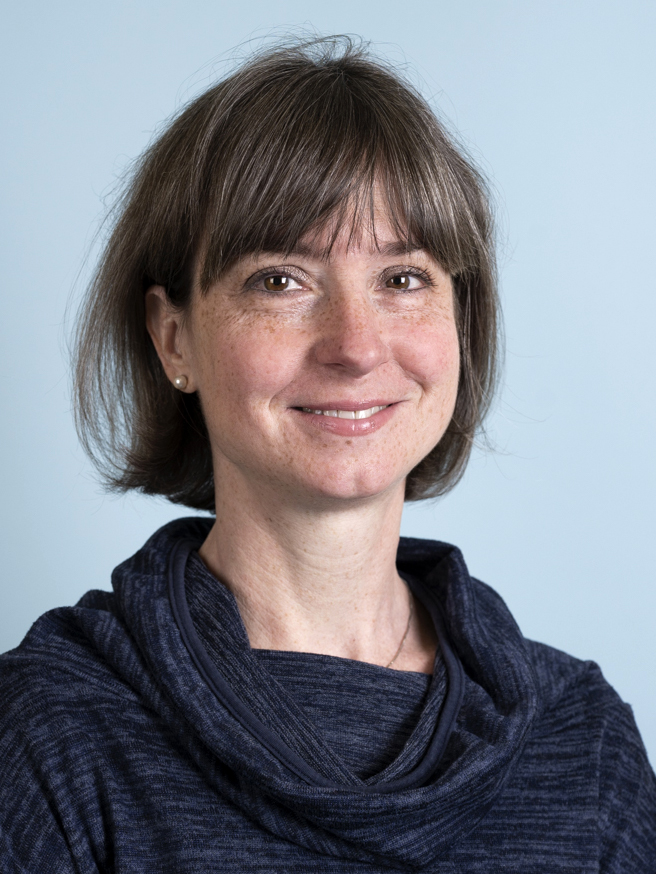A controlled and efficient local haemostasis can be of critical importance in emergencies and during surgical interventions. In case of major bleedings, quick therapeutic measures are of uttermost importance. Modern state of the art haemostatic products allow a quick control of haemorrhages and a decrease of the blood loss. They are capable of filling larger tissue defects and efficiently suppress wound bleeding in many clinical situations.
The research group around Paul Slezak and Rainer Mittermayr researches mechanisms of local haemostasis that reach from molecular basics to material development and the clinical application. Emphasis is put on the development of new haemostatic products as well as new approaches to tissue and wound sealing. Further research areas are:
- Wound sealing with biological and synthetic materials
- Combination of haemostatic and tissue regenerative approaches for haemostasis
- Optimizing the local haemostasis
- Development of new experimental models to examine various aspects of pathological wound healing (e.g. ischemia)
- Chronic wounds of different entity (e.g. on diabetic background)
- Application of growth factors and cytokines (free or bound to scaffolds) or cell therapeutic approaches to chronic wounds to influence the healing cascade
- Examination of physical alternatives to support the healing of the soft tissue
An important substance in local haemostasis is fibrin. Fibrin is produced as an end product during the coagulation cascade which is why a natural sealing glue was developed based on fibrin to ensure a quick haemostasis. Fibrin glue is very biocompatible and naturally degraded in the body, which makes it an important part of clinical routines. The group was and is instrumental in developing and perfecting the fibrin glue technology as well as the specific sprayers for the clinical application.
Special emphasis is put on the research of non-invasive physical techniques that should positively influence wound healing. This includes for example extracorporeal shock wave treatment which leads to an activation of endogenous regenerative power. A positive impact on the recruitment of stem cells to the location of the wound could be observed. Another method is low level light therapy, where light is used to accelerate the healing process and to improve the blood flow in the tissue.



